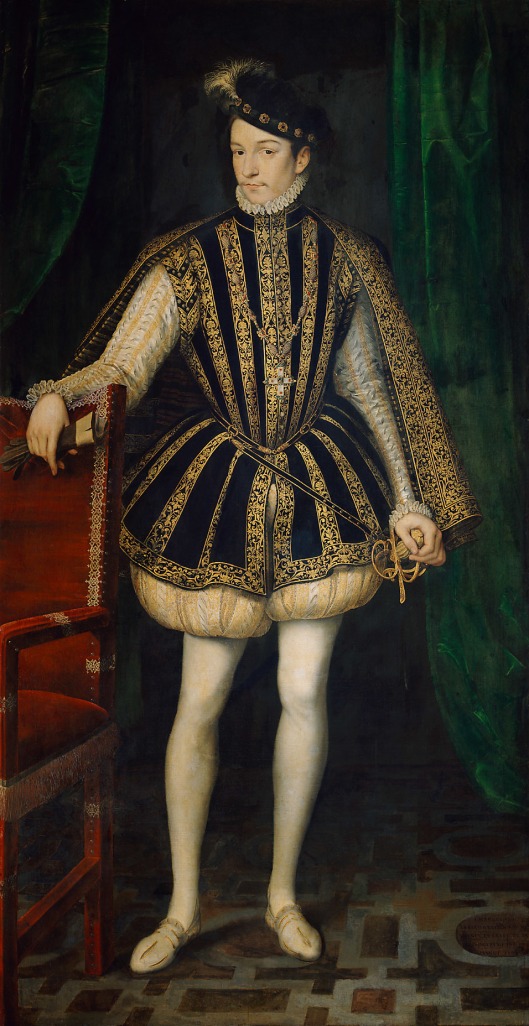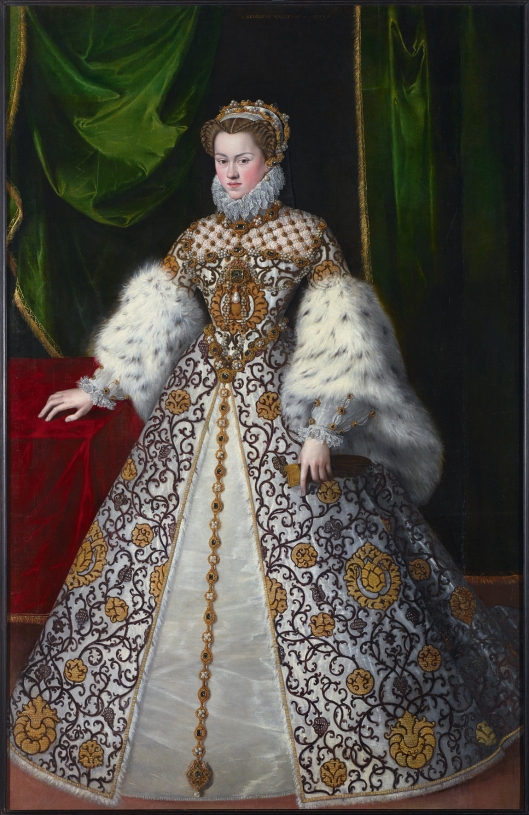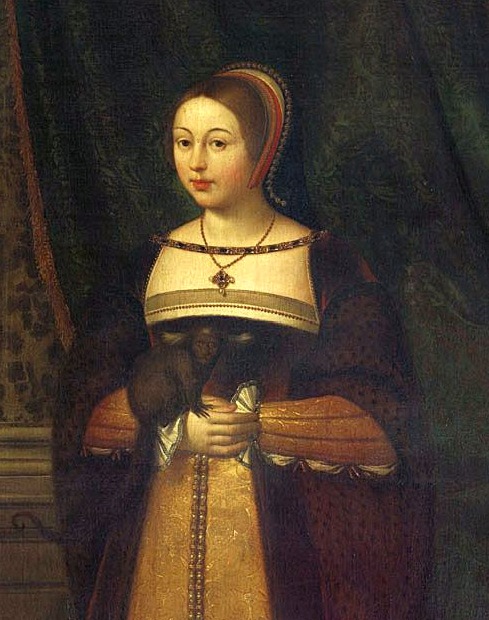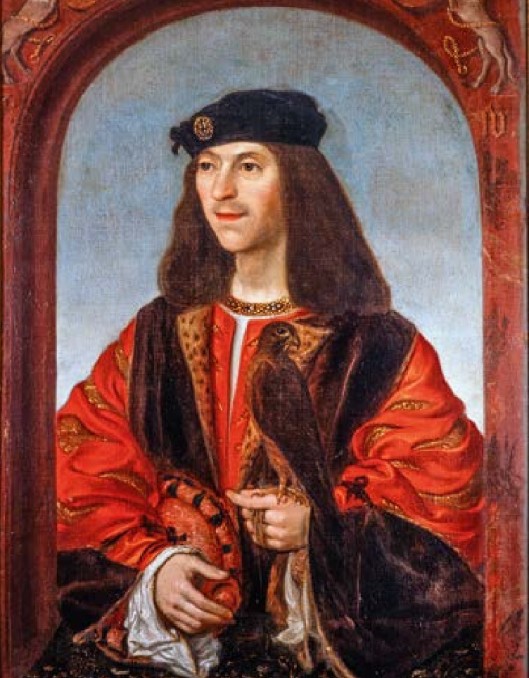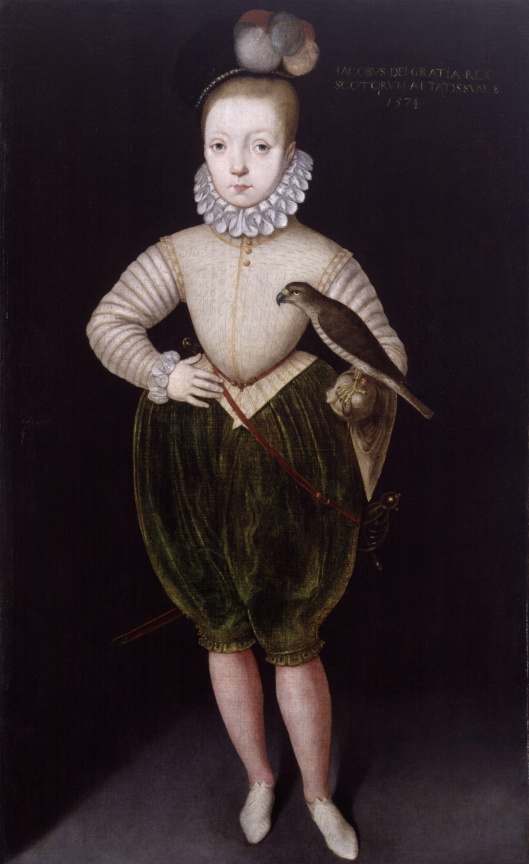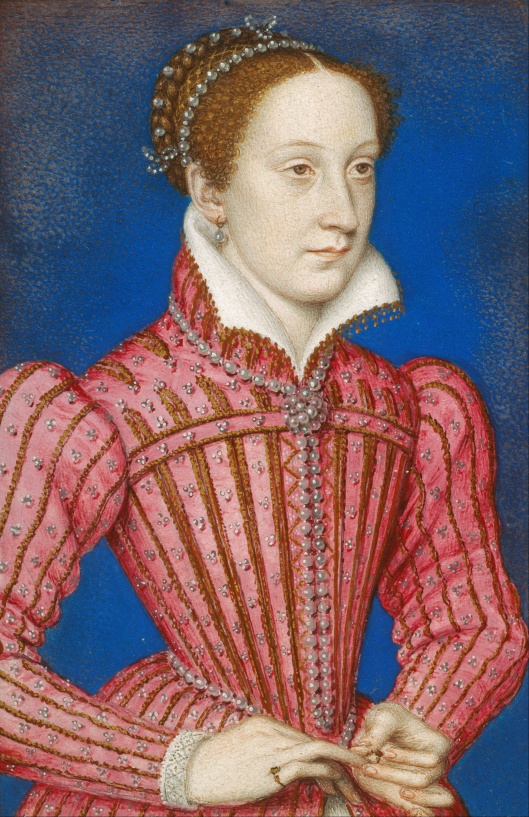Tags
Babington Plot, Execution, King James V of Scotland, Mary of Guise, Mary of Scots, Queen Mary I of Scotland
Queen Mary I of Scotland was born on 8 December 1542 at Linlithgow Palace, Scotland, to King James V and his French second wife, Mary of Guise, the eldest daughter of Claude, Duke of Guise, head of the House of Guise, and his wife Antoinette of Bourbon, herself the daughter of François, Count of Vendome, and Marie de Luxembourg.
Mary was said to have been born prematurely and was the only legitimate child of James to survive him. She was the great-granddaughter of King Henry VII of England through her paternal grandmother, Margaret Tudor. Margaret was Henry VIII’s older sister so Mary was Henry VIII’s great-niece.
On December 1542, six days after her birth, she became Queen of Scotland when her father died, perhaps from the effects of a nervous collapse following the Battle of Solway Moss or from drinking contaminated water while on campaign.
On July 24, 1567, she was forced to abdicate in favour of her one-year-old son, the infant King James VI of Scotland. After an unsuccessful attempt to regain the throne, she fled southward seeking the protection of her first cousin once removed, Queen Elizabeth I of England.
As a great-granddaughter of King Henry VII of England, Mary had once claimed Queen Elizabeth’s throne as her own and was considered the legitimate sovereign of England by many English Catholics, including participants in a rebellion known as the Rising of the North.
Perceiving Mary as a threat, Elizabeth had her confined in captivity in various castles and manor houses in the interior of England for eighteen-and-a-half years.
The Babington Plot was a plan in 1586 to assassinate Queen Elizabeth I, a Protestant, and put Mary, Queen of Scots, her Catholic cousin, on the English throne.
The long-term goal of the plot was the invasion of England by the Spanish forces of King Philip II and the Catholic League in France, leading to the restoration of the old religion. The plot was discovered by Elizabeth’s spymaster Sir Francis Walsingham and used to entrap Mary for the purpose of removing her as a claimant to the English throne.
The chief conspirators were Anthony Babington and John Ballard. Babington, a young recusant, was recruited by Ballard, a Jesuit priest who hoped to rescue the Scottish queen.
On 7 July 1586, the only Babington letter that was sent to Mary was decoded by Phelippes. Mary responded in code on 17 July 1586 ordering the would-be rescuers to assassinate Queen Elizabeth.
Mary was clear in her support for the murder of Elizabeth if that would have led to her liberty and Catholic domination of England. In addition, Queen Mary supported in that letter, and in another one to Ambassador Mendoza, a Spanish invasion of England.
The letter was again intercepted and deciphered.
John Ballard was arrested on August 4, 1586, and under torture he confessed and implicated Babington. Although Babington was able to receive the letter with the postscript, he was not able to reply with the names of the conspirators, as he was arrested.
Others were taken prisoner by August 15, 1586. Mary’s two secretaries, Claude Nau and Gilbert Curle, and a clerk Jérôme Pasquier were likewise taken into custody and interrogated.
The conspirators were sentenced to death for treason and conspiracy against the crown, and were to be hanged, drawn, and quartered.
In October 1586 Mary was sent to be tried at Fotheringhay Castle in Northamptonshire by 46 English lords, bishops and earls. She was not permitted legal counsel, not permitted to review the evidence against her, nor to call witnesses.
Queen Mary I was convicted of treason against England. One English Lord voted not guilty. Queen Elizabeth reluctantly signed her cousin-once-removed’s death warrant, and on February 8, 1587, in front of 300 witnesses, Mary I, Queen of Scots, was executed by beheading.

